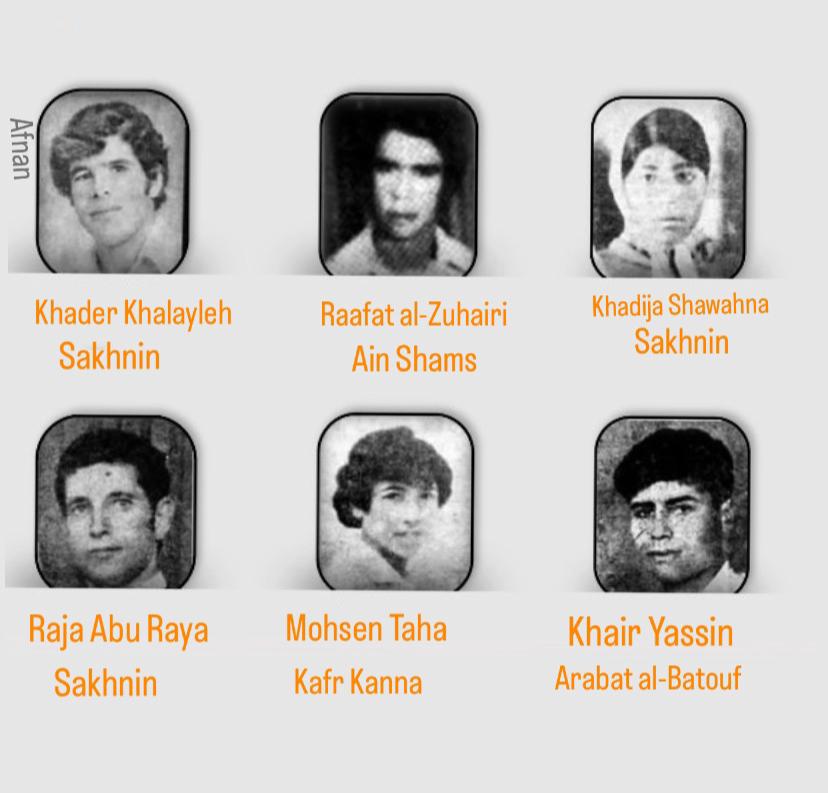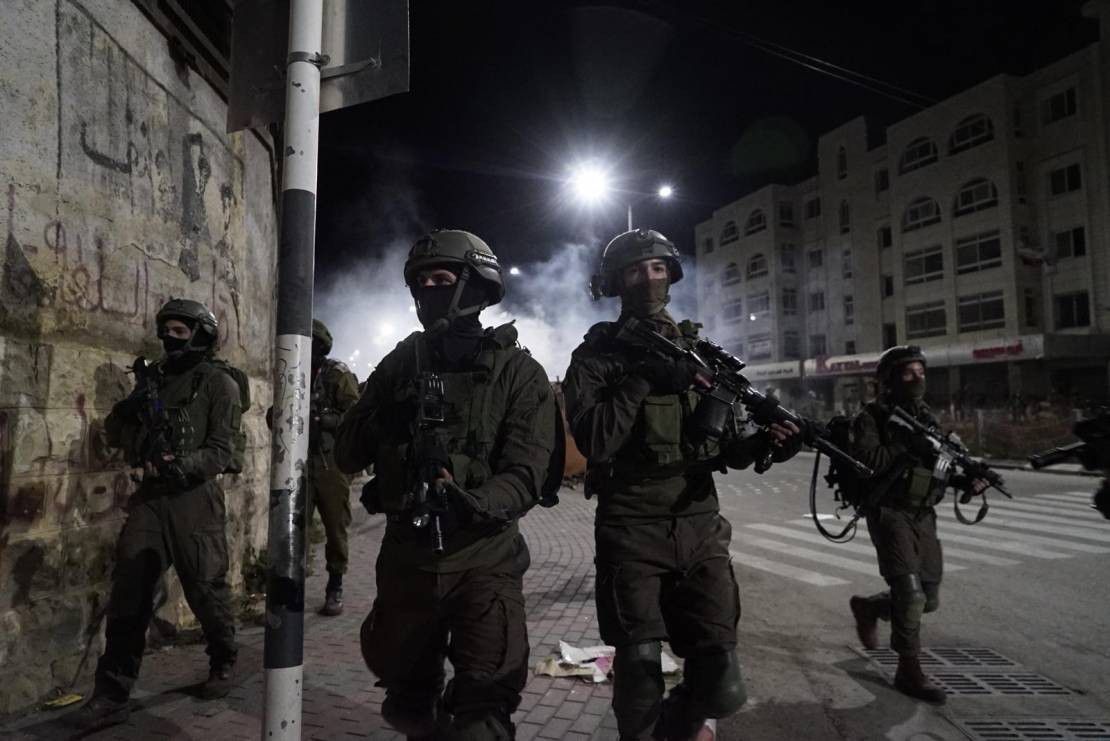On 30 March 1976, Israeli occupation forces killed six Palestinian citizens as they were protesting Israel’s expropriation of 21 thousand of dunums of Palestinian land in Galilee.
They were identified as Khair Yassin from Arabat al-Batouf, Raja Abu Raya, Khader Khalayleh, Raafat al-Zuhairi, Hassan Taha, and Khadija Shawahna.
Since then, March 30 has been known as Land Day.
It has become a major commemorative date in the Palestinian political calendar and an important event in the Palestinian collective narrative – one that emphasizes Palestinian resistance to Israeli colonization.
On the morning of March 30, angry demonstrations broke out in most Palestinian towns basically in Sakhnin, where three other Palestinians were killed by the Israeli bullets. They identified as Raja Abu Raya, Khader Khalayleh, and Khadija Shawahneh.
1976 protests constituted mass collective action across historic Palestine, embodying the weariless steadfastness and resistance of the Palestinian people against the Israeli settler-colonial regime and affirming the inseparability of the Palestinian people as a whole despite Israeli attempts to systematically fragment them as part of its apartheid regime.
Although there were also protests in the Naqab and Wadi Ara, most of the action took place in six villages in the Galilee that had been placed under curfew: Sakhnin, Arraba, Deir Hanna, Tur’an, Tamra, and Kabul. The demonstrations were met with serious aggression and violence.
The memory of the 1976 land dispossessions and the brutality of the Israeli response to Palestinian resistance echoes the Palestinian reality before and after that date.
Commemorating Land Day, the Palestinian people continue to face the ongoing Nakba, exemplified in their denial to return to their homes and the ongoing displacement across the occupied Palestinian lands.
Shortlink for this post: https://daysofpalestine.ps/?p=38168







